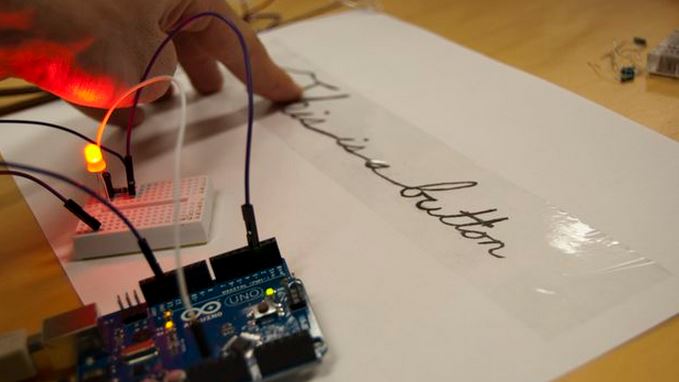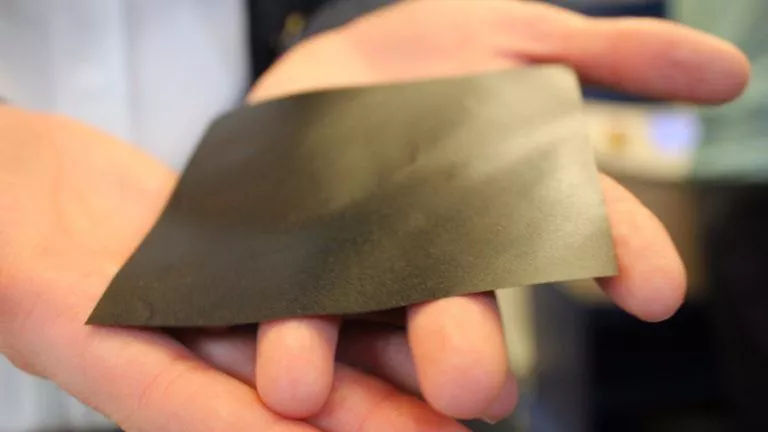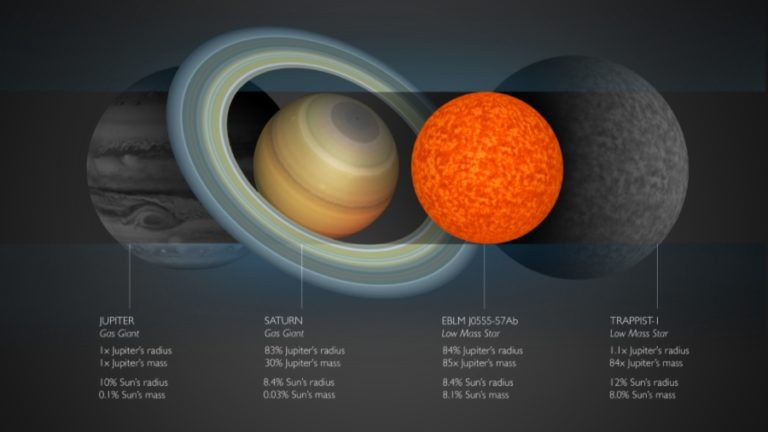The Fantastic Four Who Received The Nobel Prize Twice

 Short Bytes: Our research world has seen a lot of scientists and researchers who have toiled hard day and night over the years to accomplish the feat of receiving a Nobel Prize. But on the list of Nobel Prize recipients, we also have four scientists who received Nobel Prize twice. Some of them received the prize in different and some in the same fields.
Short Bytes: Our research world has seen a lot of scientists and researchers who have toiled hard day and night over the years to accomplish the feat of receiving a Nobel Prize. But on the list of Nobel Prize recipients, we also have four scientists who received Nobel Prize twice. Some of them received the prize in different and some in the same fields.
Four scientists who received Nobel Price twice:
Marie Curie:
Madam Marie Curie was the first person in history to accomplish the feat of receiving a Nobel Prize twice. The Polish scientist was awarded the first Nobel in Physics and, later, the second Nobel Prize in the field of Chemistry. In 1903, the French Academy of Sciences proposed only Henri Becquerel and Pierre Curie as candidates for the Nobel Prize in Physics.
Incensed to learn about the nomination, mathematician Gösta Mittag-Leffler advised Pierre, who was unequivocal in his response:
After some jeopardy, Madam Curie was finally incorporated into the nomination and, in December 1903, she was among the three scientists who were presented with the prestigious award of Nobel Prize. However, at the awards ceremony, there was no mention of the Curies’ discovery of polonium and radium, as the chemists on the nomination committee insisted that this would merit a future Nobel Prize in Chemistry for her.
And this is how she received her second Nobel Prize for Chemistry on December 10, 1911.
Linus Pauling:
Linus Pauling is the only person who received this award twice but never shared with anyone else. The first award, the 1954 Nobel Prize in Chemistry, recognized Linus Pauling’s research into the nature of chemical bonding. And eight years later, his militant pacifism during the Cold War, focused primarily on combating nuclear weapons, earned him the Nobel Peace Prize in 1962 during the cold war era.
This American scientist revolutionized the way we see molecules. Here are some of his works:
- Applying quantum mechanics to chemistry
- In-Depth study of Hydrogen bond and Protein folding
- Study of structure and function of hemoglobin in red blood cells
John Bardeen
John Bardeen is the only scientist who received two Nobel Prizes in the Physics category. He was an electrical engineer whose studies began at the early age of 15, but later he obtained his doctorate in physics at Princeton University.
At the Princeton University, he began to study the atomic structure and properties of semiconductors. A few years later, he started working with the Bell Labs. There, together with Walter Brattain, he developed the transistor. Transistor replaced the vacuum tubes in countless electronic devices, from headphones to televisions.
If you want to know the impact of transistor replacing the vacuum tubes on the computer, read the history of computer where we have covered this interesting topic by showing how the journey began with the first generation computer to the third generation computer which we use now. This invention led him to win the Nobel Prize in Physics in 1956 along with William B. Shockley.
Frederick Sanger:
Frederick Sanger is the fourth person and the last person in the list to have received the Nobel Prize twice. Frederick Sanger was an enthusiast of biochemistry who succeeded in determining the amino acid sequence of a protein.
Studying of insulin, he discovered the key hormone in the regulation of glucose metabolism for which he won the Nobel Prize in Chemistry in 1958.
Still, he was unsatisfied with his achievements and in the 1980s, he won the Nobel Prize once again in the same category for developing a method to read DNA. Thus matching to the parallels of John Bardeen, he became the first scientist to receive two Nobel Prizes in the same field.
He also studied base sequence of many complex chemical structures like:
- adenine
- guanine
- cytosine and,
- uracil
Also Read: Amazing Women Who Totally Rocked the Science World






